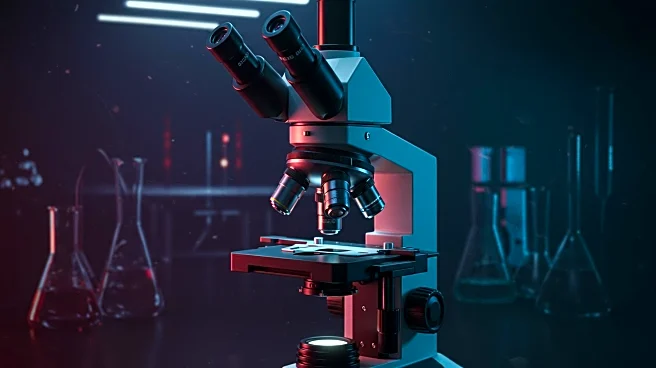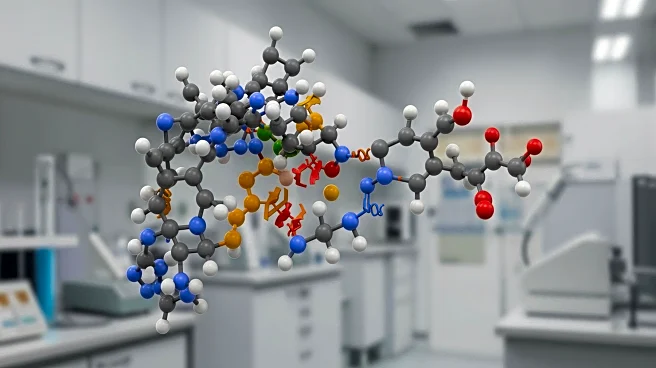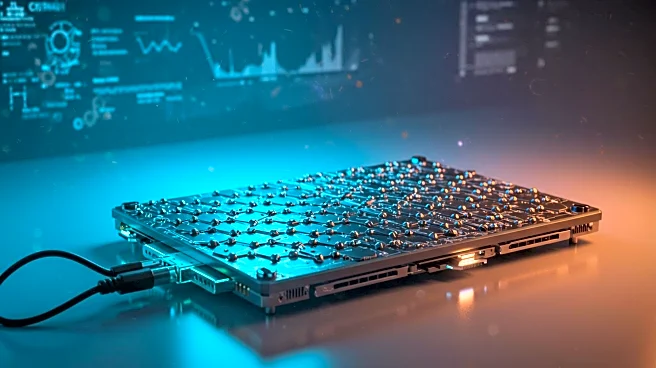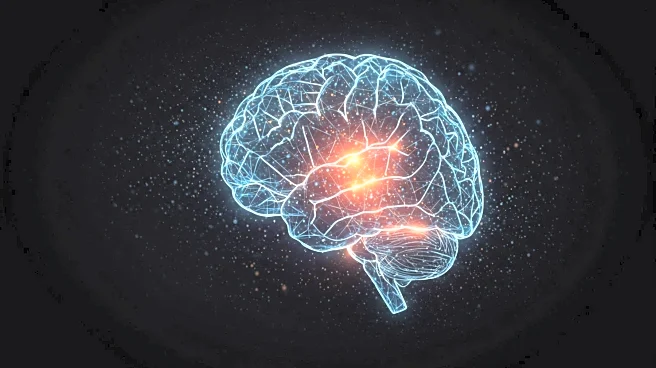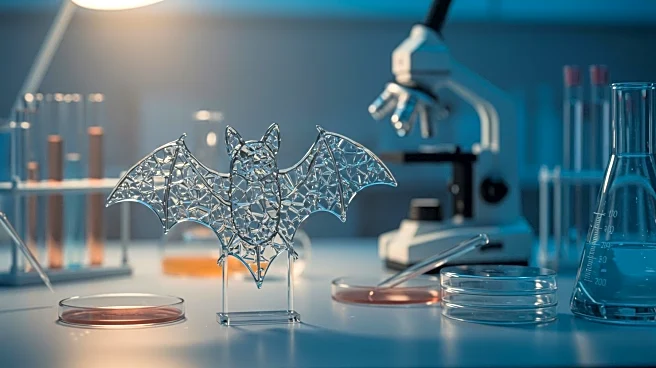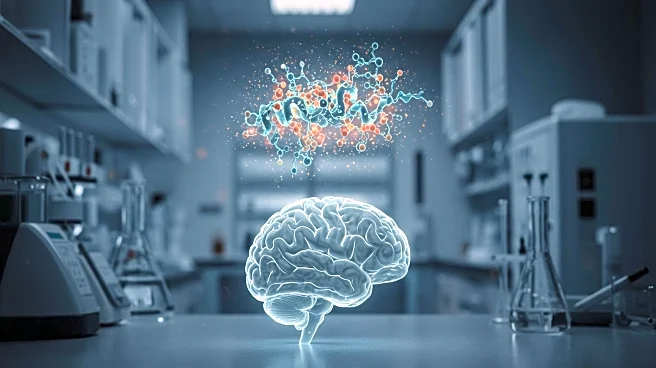Rapid Read • 9 min read
Researchers at the University of California San Diego Sanford Stem Cell Institute, in collaboration with NeurANO Bioscience and Nanotools Bioscience, have developed a novel method using graphene to stimulate and mature human brain organoids. This method, known as Graphene-Mediated Optical Stimulation (GraMOS), is a safe, non-genetic, and biocompatible approach that influences neural activity over extended periods. The technique accelerates the development of brain organoids, which are three-dimensional models of the human brain derived from stem cells. This advancement is particularly significant for modeling age-related conditions such as Alzheimer's disease. GraMOS utilizes graphene's optoelectronic properties to convert light into gentle electrical cues, encouraging neurons to connect and communicate without invasive techniques. The study demonstrated faster development of brain organoids, enhanced disease modeling, and the ability to integrate with robotic systems.
AD
The development of GraMOS represents a significant advancement in neuroscience and neuroengineering. By accelerating the maturation of brain organoids, researchers can study neurological diseases more effectively and in a physiologically relevant context. This could lead to improved drug testing timelines and new insights into diseases like Alzheimer's. The ability to interface brain organoids with robotic systems also opens possibilities for advanced prosthetics and adaptive interfaces. Furthermore, the technology bridges a critical gap in organoid research, offering a reliable way to activate neurons, which can transform both fundamental neuroscience and translational studies. The integration of living neural tissue with robotics hints at future neuro-biohybrid systems, potentially enhancing AI applications and offering greater fault tolerance and reliability.
The study's findings suggest potential future applications in tissue engineering and AI. Researchers may adapt the approach for stimulating other types of lab-grown tissues, providing a noninvasive and precise method for tissue engineering. The integration of living neural networks with machines could lead to discoveries on how the brain's adaptability can enhance computers and robotics. This could redefine technological paradigms in neuroscience, offering new ways to connect complex brain-like tissues to each other and even to the brain itself. The ongoing research may pave the way for using brain organoids as powerful models for testing therapies for neurodegenerative and developmental brain disorders.
The use of graphene in neuroengineering could have ethical and cultural implications, particularly in the realm of brain-machine interfaces and AI. As technology advances, considerations around the integration of living tissues with machines may raise questions about consciousness and the nature of intelligence. The potential for creating neuro-biohybrid systems could lead to discussions on the ethical use of such technologies and their impact on society. Additionally, the ability to accelerate brain organoid development may influence long-term shifts in how neurological diseases are studied and treated, potentially transforming the landscape of medical research and therapy development.
AD
More Stories You Might Enjoy
